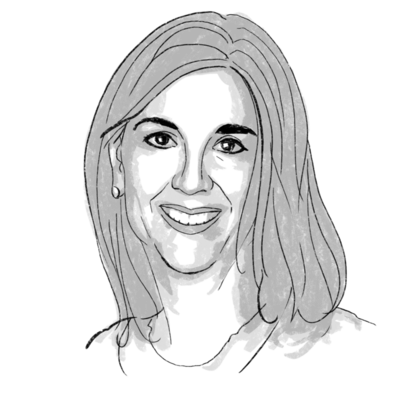Error loading media: File could not be played
00:0000:0000:00
00:00
 April Austin
April Austin
Every so often an author comes along at the right moment, with just the right message. Journalist Amanda Ripley, whose latest book is “High Conflict: Why We Get Trapped and How We Get Out,” shared insights with writers and editors at a recent meeting of the Monitor staff book club. Her ideas about how to transform the approach to conflict, whether at the level of interpersonal disagreements or global strife, resonate at the Monitor because they parallel what we try to do each day.
Ms. Ripley talks about “complicating the narrative,” by which she means producing stories that reflect the complexities of a situation and provide a nuanced view. In high conflict, people frequently devolve into two camps, and tend to vilify the other side. Generalizations can lead to name-calling, which leads to dehumanization and sometimes violence. Instead, Ms. Ripley asks, how can journalists give readers a better understanding of the complexities and so avoid making the polarization worse?
One way to complicate the narrative is to answer questions such as: Why do the people in this group behave the way they do? What is the disagreement really about? Ms. Ripley calls this discovering the “understory.” She adds that, when you look deeper, the underlying causes often boil down to feelings of fear and humiliation. Interestingly, she points to divorce mediation as a model for working through intense conflict, whether the tension is between people or countries.
Anger can be a hopeful sign that “people want the other side to be better,” she says. But once contempt enters the picture, the job of mediation becomes much more difficult. Like a divorcing couple who have to think about the children’s well-being, “We have to live with each other; that’s the No. 1 thing we have to get our heads around,” says Ms. Ripley.

Our name is about honesty. The Monitor is owned by The Christian Science Church, and we’ve always been transparent about that.
The Church publishes the Monitor because it sees good journalism as vital to progress in the world. Since 1908, we’ve aimed “to injure no man, but to bless all mankind,” as our founder, Mary Baker Eddy, put it.
Here, you’ll find award-winning journalism not driven by commercial influences – a news organization that takes seriously its mission to uplift the world by seeking solutions and finding reasons for credible hope.
Explore values journalism About us